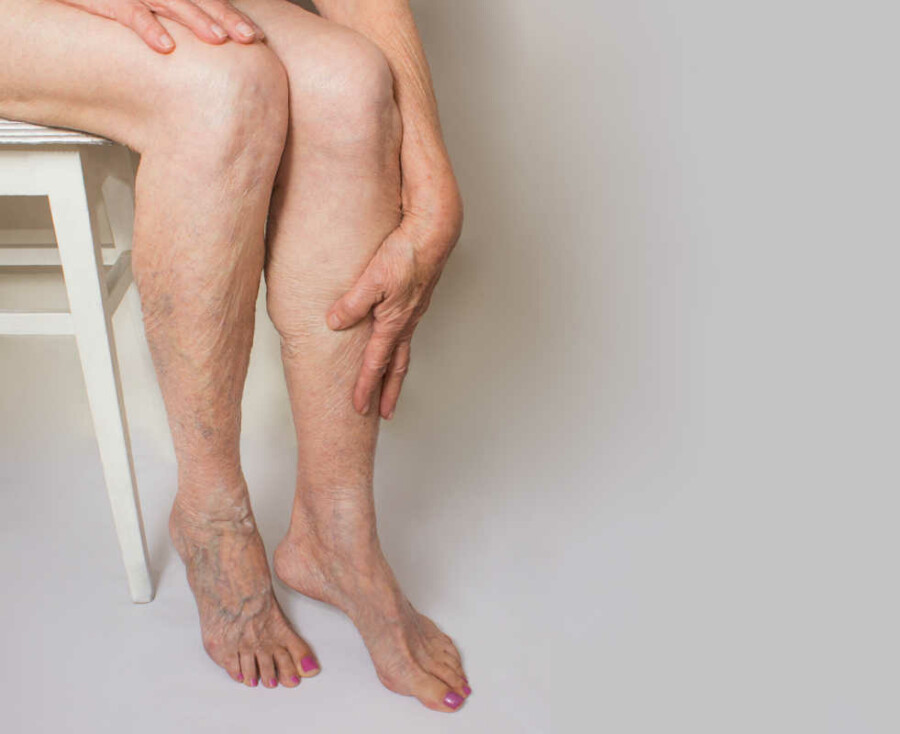Your Guide to Varicose Veins in the Feet

Varicose veins often occur in the legs, but did you know that they can also affect your feet?
Many people think that varicose veins only affect the veins above the ankle, but venous insufficiency — the underlying cause of varicose and spider veins — can impact your feet, too. In fact, thousands have experienced the pain, and dealt with the unsightly appearance, of swollen, twisted veins in their feet.
Venous insufficiency can affect anyone, but there are some important risk factors to look out for. Here’s what to expect if you’re suffering from varicose veins in your feet, as well as effective treatment options to help eliminate your discomfort.
What Causes Varicose Veins?
Veins are responsible for transporting deoxygenated blood (the blood that your body has already used, essentially) from the extremities back to the heart. This job can be difficult, especially when your veins are bringing blood back from the feet and fighting against gravity the entire way. To accomplish this, veins have internal one-way valves which, when functioning properly, only allow blood to flow in the right direction.
Sometimes all the downward pressure exerted by the blood becomes too much for the valves. When these valves fail, blood begins to back-up and pool, and the veins themselves become enlarged and distorted. The big, twisted and often painful veins that result are called varicose veins. Since the feet bear all the weight of the human body, it makes sense that the veins in the feet would turn varicose.
Though there’s no way to predict exactly where someone will develop varicose veins, and the usual risk factors – genetics, age, lifestyle – that apply to veins in the legs also apply to the feet. However, there is some evidence that wearing high-heeled shoes on a daily basis may put increased pressure on veins in the feet. As a result, the valves in those veins are more likely to fail.
Symptoms of Varicose Veins
The first and most obvious symptom of varicose veins is the appearance of unsightly, enlarged vessels. Otherwise, venous insufficiency can cause aching feet (especially after exercise) as well as swollen ankles, particularly at night. Varicose veins can also cause changes in the color of the skin that overlies the diseased veins. Sometimes this comes in the form of red or itchy skin; other times it can progress to frequent, difficult-to-heal ulcers.
Treatment Options
The good news is that in recent years treatments for varicose veins have gotten much more advanced. Doctors used to rely on painful vein-stripping procedures that often required long recovery times. Today, however, patients benefit from less invasive techniques such as sclerotherapy, radiofrequency ablation or laser ablation, all of which can be very effective and cause minimal discomfort.
If you have varicose veins in your feet, or think you might be at risk, schedule an appointment with a vein specialist today. The experts at the Center for Vein Restoration can diagnose your condition and help determine the treatment that’s right for you.